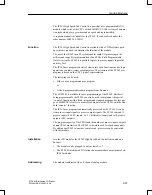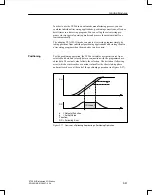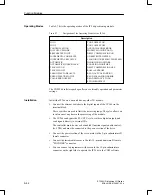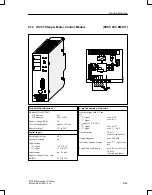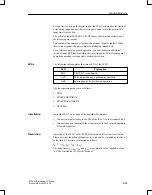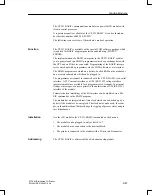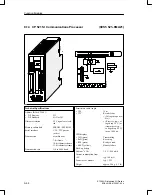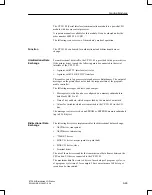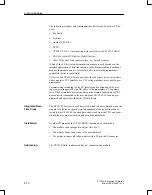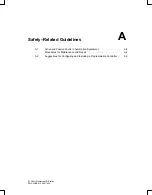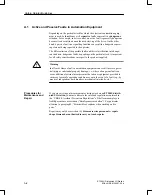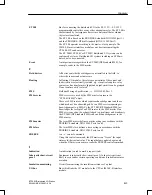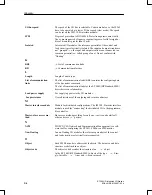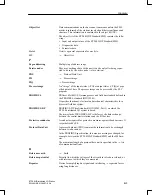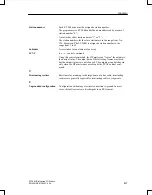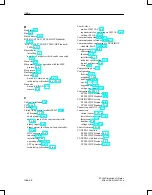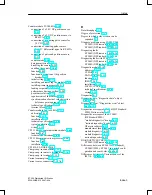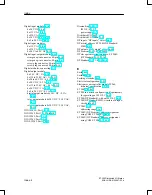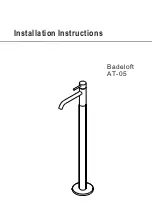
9-70
ET 200U Distributed I/O Station
EWA 4NEB 812 6087–02b
The following terminals and communications devices can be used as I/O de-
vices:
Keyboard
Terminal
Another CP 521 SI
CP 523
CP 524/CP 525–2 (in connection with special driver 6ES5 897–2AB11)
CPU 944 (with ASCII driver, 3964(R) driver)
Other I/O devices with serial interface, e.g. bar code readers
Which of the I/O devices and transmission modes are used depends on the
intended application of data transmission. In the bidirectional data exchange
mode of the module you are, for example, able to network programmable
controllers (point–to–point link).
I/O device and CP 521 SI are connected with each other via a serial interface.
Either a passive TTY interface or a V.24 voltage interface are available (pro-
grammable).
Parameterizing (matching) of the I/O interface and configuring of the mes-
sage texts are supported by the DB editor of the programmers. The parame-
ters of the I/O interface are stored either on the memory submodule in DB1
or are directly transmitted in the user program. The CP 521 SI can be pro-
grammed and operated without the COM software.
The CP 521 SI has its own real–time clock which is battery–backed when the
module is in the de–energized state. Independent of the type of function se-
lected for the CP 521 SI, the clock data can be read from the CPU and can be
used in the user program for date and time–dependent tasks.
As other I/O modules, the CP 521 BASIC is mounted on the bus unit.
The module can be plugged in only at slots 0 to 7.
The module has no connection to the terminal block.
The printer is connected to the module with a 25–pin sub D connector.
The CP 521 BASIC is addressed like a 4–channel analog module.
Integrated Real–
Time Clock
Installation
Addressing
Function Modules


